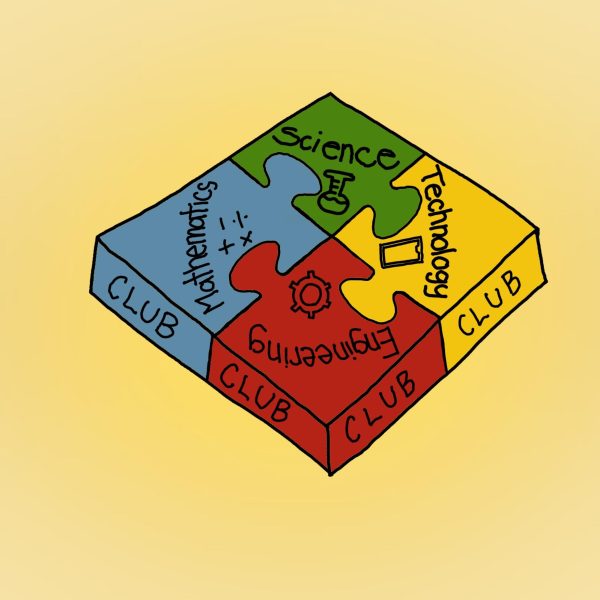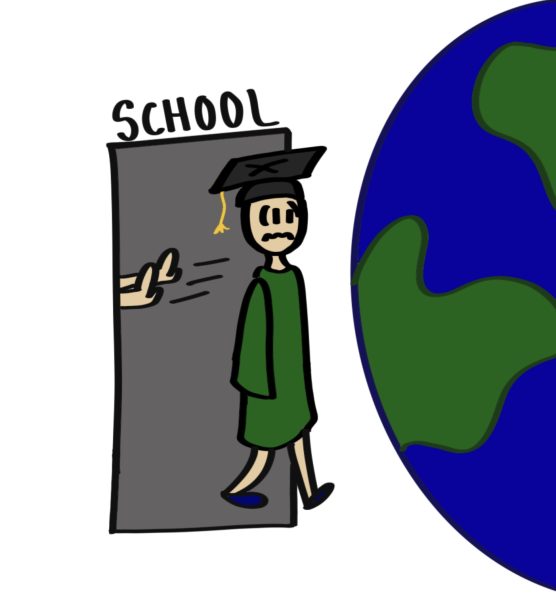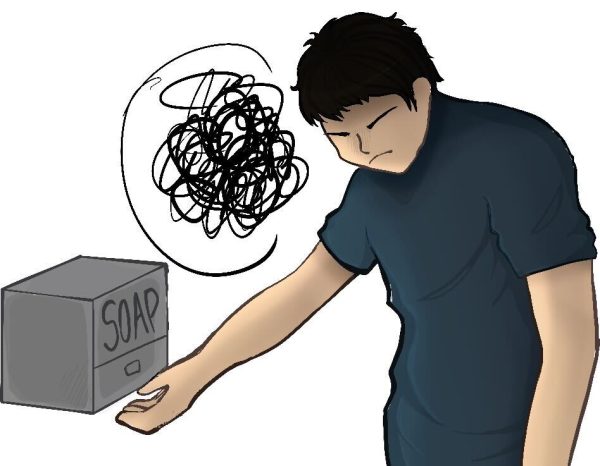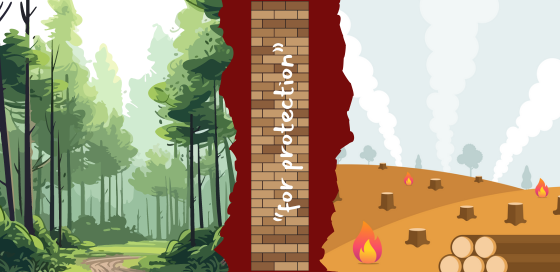Garlick Press: Bay Area Superfund sites need super attention
A weekend ago, I hiked with a friend at Fremont Older, both of us looking to enjoy the fresh air and find an escape from our schoolwork. As we finally ascended the lookout called Hunter’s Point, I could see Silicon Valley below. Moffett Field, Levi Stadium, the giant flying saucer of the new Apple campus and something I did not expect: a quarry right behind the rich mansions of Los Altos Hills.
The mining operation had dug deep into the residing rock, exposing sedimentary layers and machinery. It looked like a big bruise in the beautiful rolling hills.
Before this, I had believed most mined materials used to build our cities were imported from over the hills beyond the valley, so as to not affect our living environment. I was surprised by how close this quarry actually was to houses.
After more research, I found even more quarries located north of the small operation I had seen from Hunter’s Point, including the Stevens Creek Quarry by the reservoir and the Lehigh Permanente Quarry, which has sparked concern in the past over the threat it may pose to public safety.
Quarries dig deep into the earth for minerals, and can hit groundwater supplies as their operations grow in size. The mining process can release toxic heavy metals like cadmium and arsenic, leaching out from underground and into the water systems that serve the public.
Yes, it is essential to have building materials close by for a growing community such as ours, but such operations must be assessed for unintended health and environmental hazards.
Superfund, the governmental program set up by the EPA to remediate polluted and intoxicated land, is what should be fixing these local disasters.
The Lehigh Permanente Quarry, though not currently labeled as a federal concern, is an active National Priorities List (NPL) Superfund site, according to the EPA.
Created in 1939, the quarry has been the main source of cement for the valley, but has caused multiple concerns to the public over the years.
However, after testing nearby creeks and Monta Vista Park for air particulate and mercury levels, the quarry was deemed safe for surrounding citizens, and plans for reclamation are being put into effect, according to the Department of Planning and Development of Santa Clara.
While Superfund approached this case quickly, this federal government program is being neglected by our current presidency. As for the other surrounding quarries, their effects on our groundwater and air quality still remain a bit of a mystery.
But quarries are not the only hazardous locations affecting our health here in the valley. Other nearby Superfund sites in our neighborhood are being put on hold. Santa Clara is home to 23 Superfund sites according to Quartz, as the U.S. county with the most sites.
In such a tech-central destination, the brownfields, or polluted sites, in our backyards are mostly from old chip manufacturing. The materials used contained toxic chemicals such as ethylene glycol ethers (EGEs), most of which were dumped into surrounding areas. According to NBC Bay Area, 518 toxic ‘plumes’ or spills have been reported.
These groundwater plumes reside under large companies such as Texas Instruments in the industrial working area, and Moffett Field, according to NBC Bay Area’s interactive map of old Silicon Valley’s “chemical legacy”.
These locations are near us, and this fact should fear us. Toxic sites must be acknowledged by our local water management facilities and government cleanup programs to ensure the safety of residents. Not to mention, exploitation of natural resources so close to reservoirs and state parks is harmful to local wildlife and disrupts the aesthetic of our surrounding natural reserves.
The need to be aware of these hazardous areas and to be proactive to their remediation is essential to a better neighborhood.












